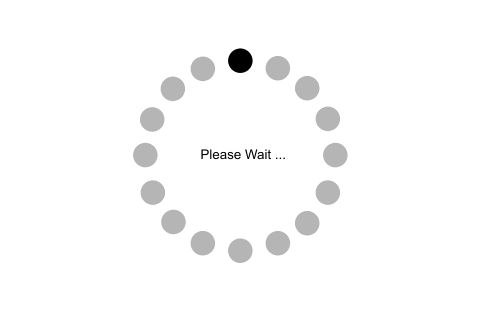C# switch:
C# includes another decision making statement called switch. The switch statement executes the code block depending upon the resulted value of an expression.
switch(expression)
{
case <value1>
// code block
break;
case <value2>
// code block
break;
case <valueN>
// code block
break;
default
// code block
break;
}
As per the syntax above, switch statement contains an expression into brackets. It also includes multiple case labels, where each case represents a particular literal value. The switch cases are seperated by a break keyword which stops the execution of a particular case. Also, the switch can include a default case to execute if no case value satisfies the expression.
Consider the following example of a simple switch statement.
int x = 10;
switch (x)
{
case 5:
Console.WriteLine("Value of x is 5");
break;
case 10:
Console.WriteLine("Value of x is 10");
break;
case 15:
Console.WriteLine("Value of x is 15");
break;
default:
Console.WriteLine("Unknown value");
break;
}
The switch statement can include expression or variable of any data type such as string, bool, int, enum, char etc.
string statementType = "switch";
switch (statementType)
{
case "if.else":
Console.WriteLine("if...else statement");
break;
case "ternary":
Console.WriteLine("Ternary operator");
break;
case "switch":
Console.WriteLine("switch statement");
break;
}
Goto in switch:
The switch case can use goto to jump over a different case.
string statementType = "switch";
switch (statementType)
{
case "DecisionMaking":
Console.Write(" is a decision making statement.");
break;
case "if.else":
Console.Write("if-else");
break;
case "ternary":
Console.Write("Ternary operator");
break;
case "switch":
Console.Write("switch statement");
goto case "DecisionMaking";
}
Nested switch:
Nested switch statments are allowed in C# by writing inner switch statement inside a outer switch case.
int j = 5;
switch (j)
{
case 5:
Console.WriteLine(5);
switch (j - 1)
{
case 4:
Console.WriteLine(4);
switch (j - 2)
{
case 3:
Console.WriteLine(3);
break;
}
break;
}
break;
case 10:
Console.WriteLine(10);
break;
case 15:
Console.WriteLine(15);
break;
default:
Console.WriteLine(100);
break;
}
4
3

Points to Remember :
- The switch statement tests the variable against a set of constants.
- The switch statement contains multiple case labels.
- The switch case includes break keyword to stop the execution of switch case.
- The default case executes when no case satisfies the expression.
- A nested switch statement is allowed.
Learn about C# for loop next

